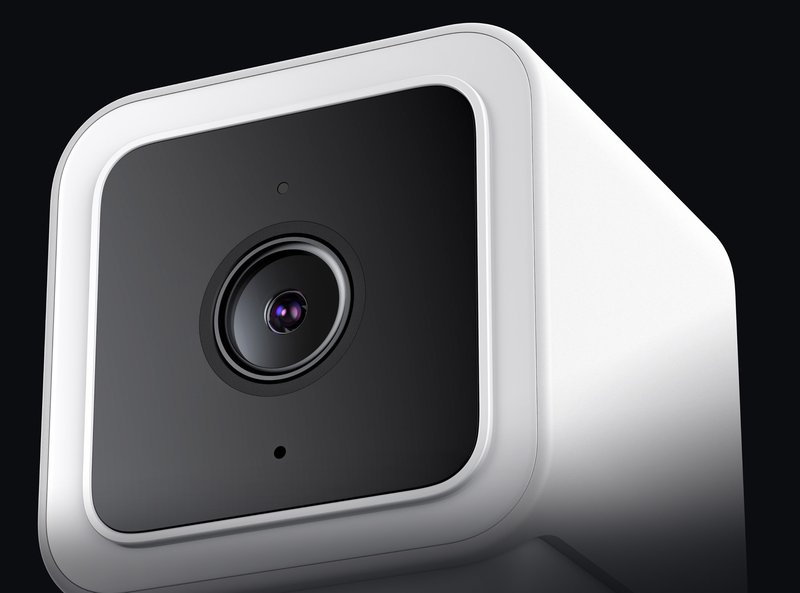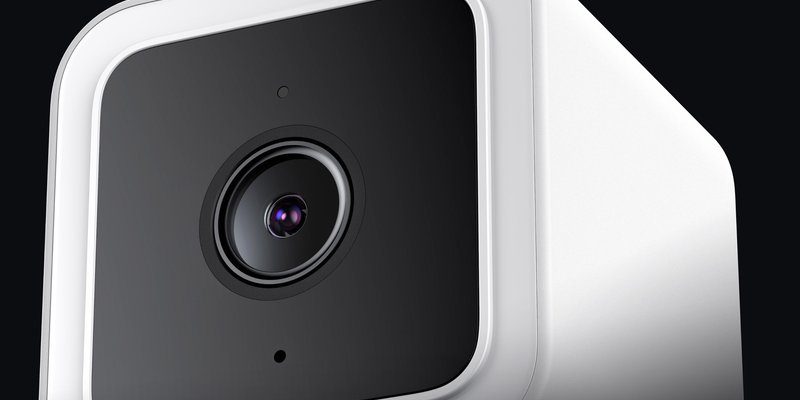
Honestly, deciding if an extended warranty is worth it can feel like balancing on a tightrope. On one hand, you want peace of mind knowing your Wyze camera or sensor won’t stop working out of the blue. On the other, you don’t want to pay extra for a safety net you might never use. So, let’s sip that coffee, unpack what extended warranties mean for Wyze smart home gear, and figure out if they’re really worth your money.
What Does an Extended Warranty for Wyze Devices Actually Cover?
When you buy a Wyze device like a camera, smart plug, or sensor, it usually comes with a limited manufacturer warranty. This typically covers defects or failures that pop up soon after purchase. But an *extended warranty* stretches that coverage beyond the basic period, often for one or two more years.
Here’s the thing: extended warranties generally handle **hardware failures**—like a camera suddenly refusing to turn on or a sensor losing connection permanently. They’re not meant for wear-and-tear or accidental damage (think: dropping your device or spilling coffee on it). It’s a bit like a safety net that catches *unexpected* breakdowns but won’t cover everything under the sun.
For Wyze devices, which are budget-friendly and use pretty standard hardware (with some proprietary firmware magic), the warranty might also cover issues caused by software glitches or syncing errors—though sometimes that troubleshooting is DIY territory. So, extended warranty coverage usually means you can get a replacement or repair without extra cost if your device has a legitimate fault after the original warranty expires.
What’s Typically Not Included?
- Accidental Damage: Dropping your Wyze camera or exposing it to water probably won’t be covered.
- Battery Wear: Batteries naturally lose capacity over time, and that’s often excluded.
- Software Issues from User Settings: If you mess with settings or firmware and it breaks the device, that’s usually on you.
So, it’s important to know the fine print before deciding if that extended warranty is a good deal.
How Reliable Are Wyze Devices? Are Breakdowns Common?
You might be wondering if Wyze devices are so solid that an extended warranty feels unnecessary. Here’s the deal: Wyze has built a reputation on offering smart home tech at prices that often blow competitors out of the water. But with affordability, there’s sometimes variability in build quality or longevity.
Many users report their Wyze cameras and sensors work without issues for years. Occasionally, though, devices experience problems like:
- Battery draining faster than expected
- Connectivity hiccups requiring reset or re-pairing
- Firmware bugs causing freezes or syncing troubles
- Hardware failure (like microphone or motion sensor malfunction)
The good news is Wyze is pretty active on firmware updates and customer support, which helps resolve many glitches remotely. However, physical hardware failures—say, a dead board inside a Wyze Cam—would usually require repair or replacement, where a warranty really shines.
Do Most Problems Require Replacement?
Often, issues are fixable with a bit of troubleshooting: resetting the device, checking battery contacts, or reinstalling the app. But if you find yourself repeatedly having to reset or even buy new batteries, you might hesitate to spend extra on an extended warranty that won’t cover those routine annoyances.
So, the reliability factor varies. If your Wyze device stays solid for 2-3 years, you might not need extended coverage. But if you’re in an environment where devices get more wear or you’re less comfortable troubleshooting, the warranty becomes more worth considering.
Cost vs. Benefit: Is the Price of an Extended Warranty Justified?
Let’s talk dollars and sense—because at the end of the day, an extended warranty has to make financial sense. Usually, these warranties cost around 10–20% of the device’s retail price for each extra year of coverage.
For example, if a Wyze Cam costs $35, an extended warranty might run you an additional $5–$10 per year. That doesn’t sound like much, but when you multiply that by multiple devices, it adds up.
Consider these questions:
- How likely is your Wyze gear to fail after the initial warranty?
- Are you comfortable spending money on repairs or replacements out of pocket?
- Is the inconvenience of replacing a device worth the peace of mind?
If you’re a tech-savvy person who enjoys troubleshooting and can budget for occasional replacements, it might feel like a waste. But if you value a no-hassle fix and prefer not to fiddle with resets or pairing, extended warranty might be a small price for extra comfort.
Is There a Better Way to Save Money?
Sometimes, instead of paying for extra warranty, a better bet is to:
- Keep receipts and monitor warranty deadlines. Wyze’s standard warranty might cover you sufficiently.
- Use Wyze community forums. Many common issues have simple fixes shared by other users.
- Buy lightly used or refurbished with a warranty. Wyze and other sellers sometimes offer these options.
- Invest in universal warranties or credit card protection if you bought your device on a card offering extended coverage.
These approaches may offer similar protection but without the upfront extended warranty fee.
How Does Wyze’s Warranty Service Work?
You might ask, “Okay, what happens if my Wyze device stops working and I have the warranty?” It’s worth understanding how the repair or replacement process goes.
Wyze usually requires you to contact their support team first through their app or website. After troubleshooting steps, if the problem persists and falls under warranty coverage, they’ll often send a replacement device. Sometimes they ask you to return the defective unit first, and sometimes they don’t.
This process typically takes:
- A few days to communicate and troubleshoot with support
- Several days for shipping replacement device
- Time to set up new device, including pairing and syncing with your Wi-Fi
While it’s generally smooth, it’s not instant. So, if you rely heavily on your Wyze devices—say, for home security—having an extended warranty might reduce the worry about replacement costs, but it won’t necessarily speed up the fix.
Alternatives: DIY Repairs and Third-Party Protection Plans
Here’s a curveball: If you’re comfortable with technology, some Wyze devices are surprisingly hackable or repairable. For example, replacing batteries or resetting firmware can be done on your own with some research.
There are also third-party warranty providers not affiliated with Wyze that offer protection plans for smart home gadgets. These might cover accidental damage or extend coverage longer but come with their own terms and costs.
Before buying any extended warranty, ask yourself:
- Can I reset, sync, or troubleshoot the device myself?
- Do I have access to affordable repair services or spare parts?
- Is the warranty plan reputable, and are the terms clear?
Sometimes, saving a bit of time learning minor troubleshooting steps—like resetting your Wyze device or pairing it correctly—can keep your gear running longer without warranty hassles.
Final Thoughts: Should You Get an Extended Warranty for Wyze Devices?
Here’s the thing: Whether an extended warranty on your Wyze smart home devices is “worth it” really depends on your personal comfort with tech, how much you rely on your devices, and your tolerance for risk.
If you like peace of mind and want to avoid out-of-pocket surprises for hardware failure, extended warranty can be a smart move—especially for expensive or critical devices. But if you’re tech-savvy, patient with troubleshooting, and okay handling occasional resets or replacements, the extra cost might not be justifiable.
Wyze devices generally have solid build quality for their price, and many issues can be handled by syncing, resetting, or simple fixes. So, **if you’re wondering about extended warranty for your Wyze gear**, weigh the likelihood of hardware problems, your troubleshooting skills, and your budget.
In the end, it’s a bit like owning a car—you decide if paying for extra insurance makes your ride smoother and less stressful or if you prefer to handle repairs as they come. Either way, understanding the warranty terms and knowing how to reset or pair your devices will always keep you ahead of the game.
